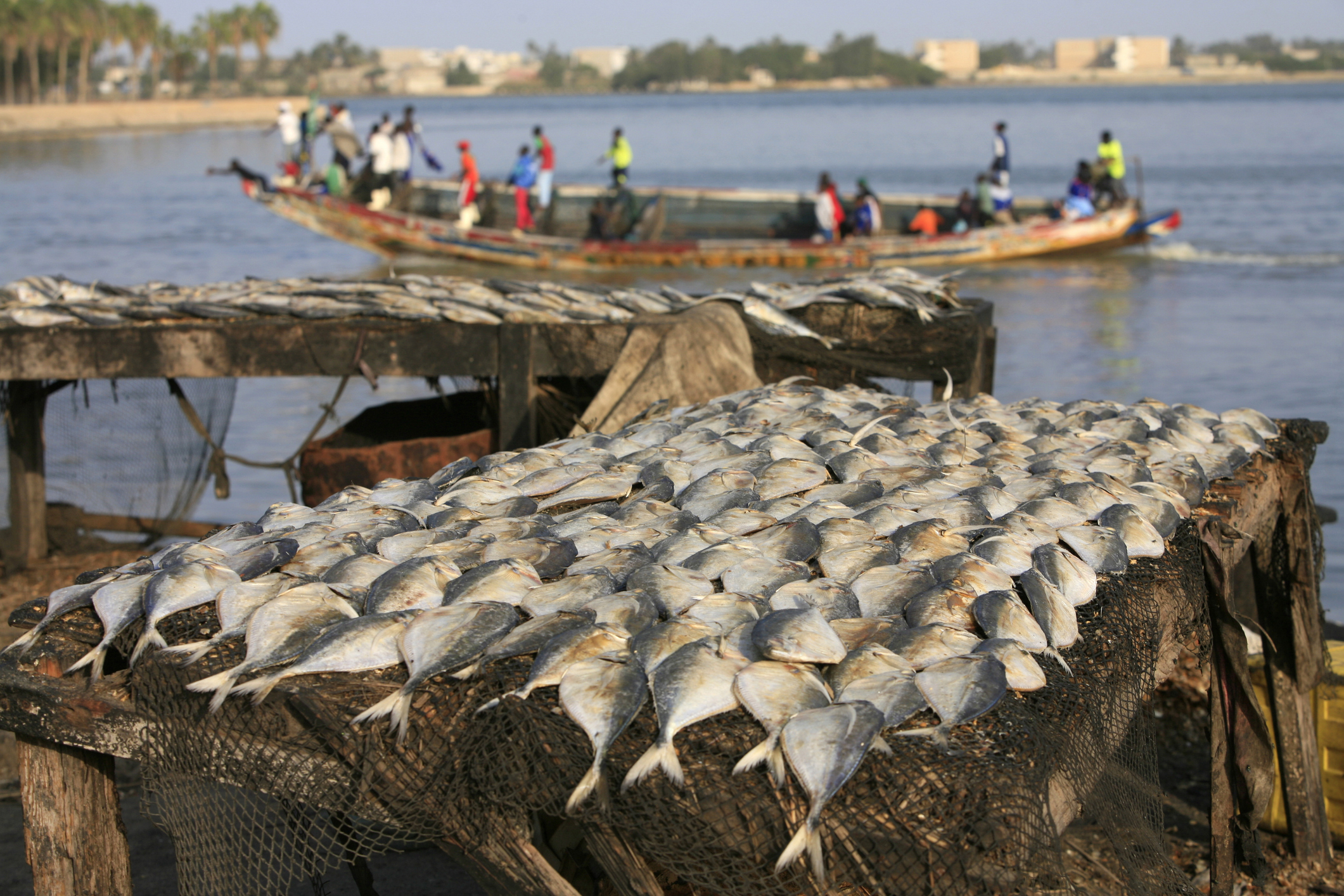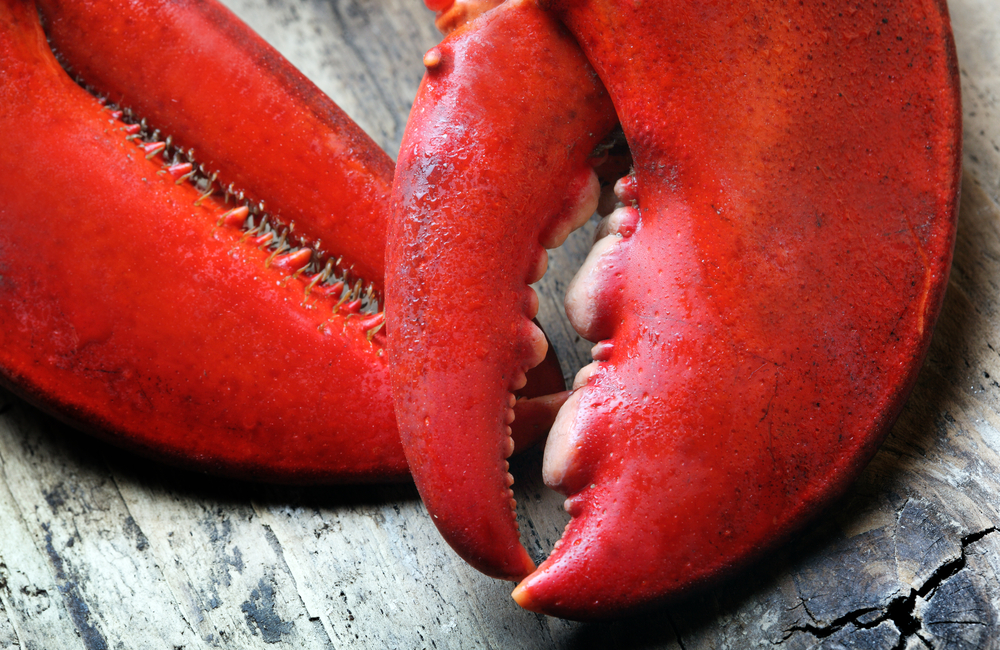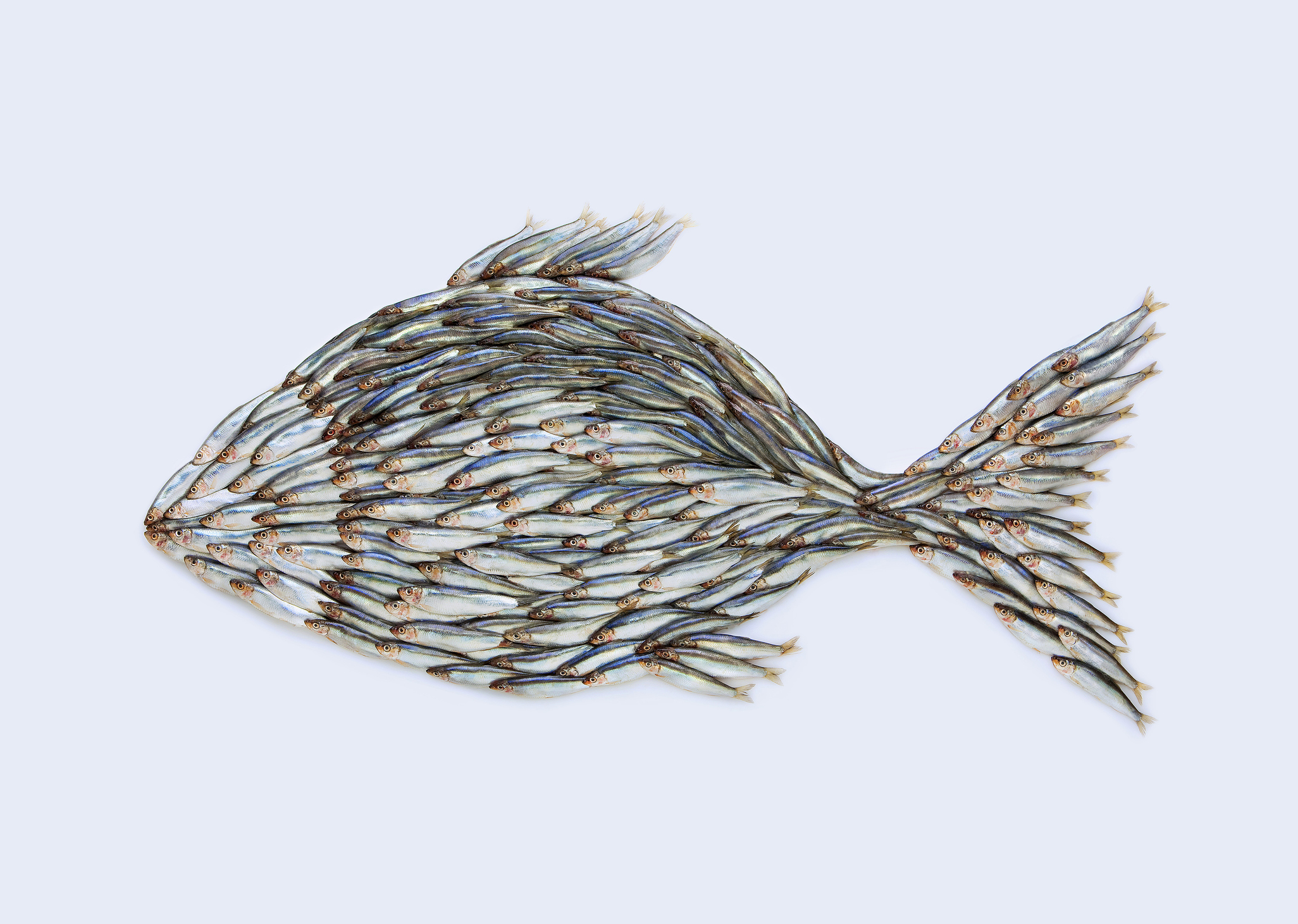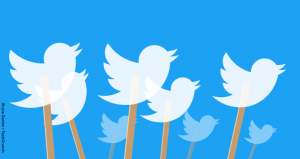Monica Jain is the founder of Fish 2.0.
Seafood has blown past its iceberg lettuce stage and entered trendy greens territory, with eaters loading up on oceanic superfoods and falling in love with previously unknown species as fast as daters swipe right. Even inland-dwelling locavores can easily satisfy their seafood cravings. What once was waste is now a premium snack, or maybe a wallet. We get that farmed fish is good—in every sense of that word. Mystery fish are a thing of the past. Sustainability is a minimum standard, not a luxury.
Just two years ago, that’s what I thought the seafood world would look like in 2027. Back then, as I studied trends in consumer desires, seafood sustainability initiatives, technology and investment, I foresaw seven transformative changes happening within a decade.
At the time it seemed like I was surfing the edge of plausibility. But based on what I’ve learned from the 200 or so seafood innovators entering the Fish 2.0 network over this past year, it’s all happening—in many cases much faster than I expected. And it’s happening all over the world.
So what does the future of seafood look like today?
Our palates are getting schooled
I predicted more diverse seafood diets, and while lionfish is not (yet) the new kale, don’t be surprised to see it sitting atop a Caesar salad in a few years.
People are looking beyond the shrimp-salmon-tuna triumvirate and learning to love the less familiar. Barramundi and cobia are going mainstream in some markets. Sustainable seafood purveyors are turning species that used to get thrown away into high-end treats, and celebrity chefs are buying invasive species (like that lionfish) and overlooked delicacies (like scampi caviar). At the same time, it’s getting easier to grow healthful, great-tasting salmon and other popular species in land-based farms, thanks to better feeds, disease prevention and production systems.
It looks like we really will stop loving our favorite wild fish to death and become more adventurous seafood eaters.

Fish and boat, Saint Louis, Senegal, West Africa, Africa (Photo: Godong / robertharding/Getty Images)
We’re buying direct
Local seafood still isn’t easy to come by for many of us, but options for buying direct from fishers—near or far—are proliferating. The number of community-supported fisheries (seafood’s take on the farm-to-table model) on Local Catch has quadrupled since 2017, and some fishers are looking to copy Seattle’s Pike’s Place fish market model. Even more are selling direct to restaurants and fishmongers in their home markets and overseas.
Fishers are finding that quality and diversity earn a premium. By selling boat- or farm-fresh seafood direct to chefs and market owners, they can earn three to six times the price distributors pay. And mobile apps are making it fast and easy for those who provide top-notch seafood to connect with those who want it. This trend is likely to grow as food packaging and preservation technologies continue to improve, making shipping cheaper. Big picture: sustainable seafood is reaching a broader market than ever, at prices that reflect its value.
Mystery fish are so yesterday
So many startups are working on traceability and transparency challenges that there’s little doubt we’ll soon know who caught a fish, where they caught it, how cold they kept it and more. Mystery fish is well on its way to no longer being a thing, at least in regions where regulations are enforced.
The rise of seatech is speeding efforts to clear up seafood’s notoriously murky supply chain. Sensors, robotics, networked cameras and other technologies that operate in and out of the water are helping fishers and farmers collect and analyze real-time data, so they can catch and grow seafood in the best possible way. Labor practices are getting a dose of daylight too.
The questions today are not about whether we can collect essential data, but about who owns the data, how public it should be and which datasets are most important. This is a huge leap forward.

Courtesy of Mikael Damkier/Shutterstock
Fish feed solutions accelerate
Right now, most farmed fish eat food made from wild forage fish. That’s not sustainable, which is why two years ago we were thrilled by the mere existence of alternative fish feed ingredients. Now more sophisticated thinking about the problem is fueling surprisingly fast progress.
Today it’s all about optimizing and scaling production. Many companies are turning black soldier flies into fish feed, and now they’re working on genetics that make flies richer in omega 3s and function better as feeds. Others have turned algae, grains and even industrial methane emissions into nutritious fish feed ingredients, and they’re figuring out the best mix of ingredients to grow each species.
This confluence of creative thinking means the fish feed problem is likely to get solved sooner than we thought possible, and make an even bigger impact on the aquaculture industry.
Farmed fish are big—and that’s a good thing
Speaking of aquaculture, I said farmed fish would fill out more of our seafood plate, and they are. Aquaculture is growing at a clip of 5.8 percent a year and accounts for more than half the fish we eat.
Not all farmed fish are raised right, but they can be. Solutions to aquaculture’s sustainability challenges are heading to market. In addition to the fish feed problem, innovators are working on escape-proof ocean farms, resource-efficient land farms, natural remedies for healthier fish, capturing and upcycling fish farm waste, and more productive hatcheries. This is all good—we need sustainable fish farming to take the pressure off wild fisheries and meet global demand for clean protein.

Photo courtesy of GettyImages/Johanna Parkin
There’s a war on waste
Turning waste into value was a niche in 2017. Now it’s one part of a broader campaign to crack down on waste at every point in the seafood supply chain. Does throwing out heads, tails and bones really make sense? Increasingly, the answer is no. New processing and preservation technologies allow higher yield from each fish, and people are taking a fresh look at “trash.”
Fish jerky from California whitefish offcuts is making a splash, as are bone broths made from seafood. In Australia, new products like scampi caviar, honey bugs and GT shrimp (named by Aussies after the car)—all recently discarded as bycatch—are yielding higher profits than the traditional deep-water scampi catch. The challenge now shifts from reducing waste in these supply chains to making sure the full fisheries remain sustainable.
Sustainability is the table stake
Over 90 percent of large-scale, U.S.-based seafood buyers have committed to selling only sustainable products. They’re trying to pluck the junk from their supply chains—and they have plenty of work yet to do—so there’s no way they’re buying something new that’s not sustainable. And the seafood itself is just the start of the conversation. Buyers want to know what a supplier is doing about labor, packaging and resource use, and new products must beat the status quo to gain space on shelves and screens. Introducing an unsustainable seafood product to today’s marketplace would be like introducing a petroleum-powered Hummer to the current car market. We can’t claim victory on sustainability yet, but the tide truly has turned.
Change goes deeper and faster
What most surprises me about all this progress is not just how fast it’s happening, but how people are redefining the problems. Instead of simply creating different fish feeds, innovators are asking how we can cut the amount of feed needed to grow each fish, make feeds more nutritious and breed fish that are light eaters or thrive on vegetarian diets. Instead of wondering whether aquaculture can advance, they’re working on clearing bottlenecks around hatcheries, disease and genetics. Packaging waste was barely on the seafood world’s radar two years ago; now it’s a prime target.
This has a lot to do with the sheer number of talented entrepreneurs and investors entering the seafood sector. The more ideas and technologies we put in play, the more hits we’re going to have. It also has to do with connections. I’m struck by how eager people are to work together regionally and across oceans and borders, once they get out of their caves and meet each other. The entrepreneurs participating in Fish 2.0 are as interested in partnerships with other businesses as they are in investment. As these personal networks pull together pieces of innovation bubbling up around the world and more investors jump into the pool, the pace of change in seafood has moved from a simmer to a rolling boil.



